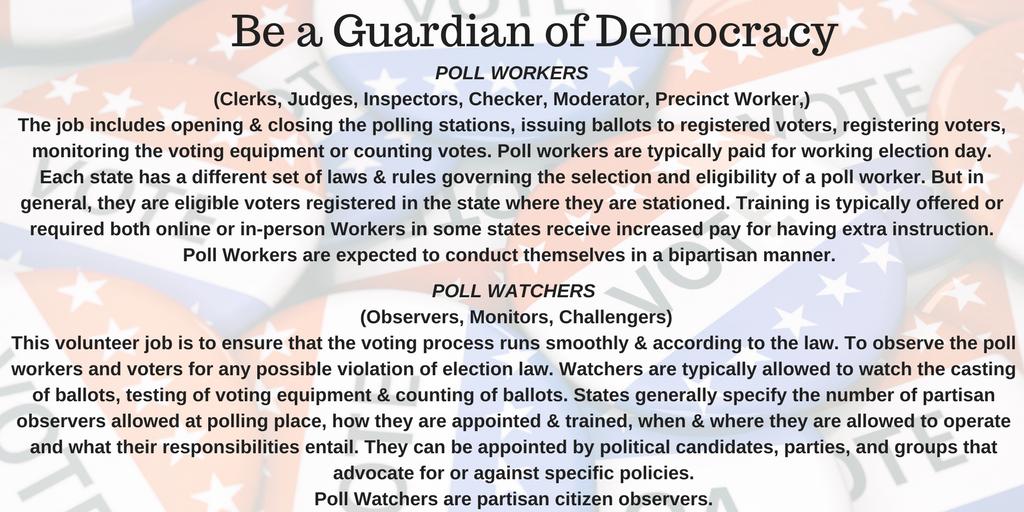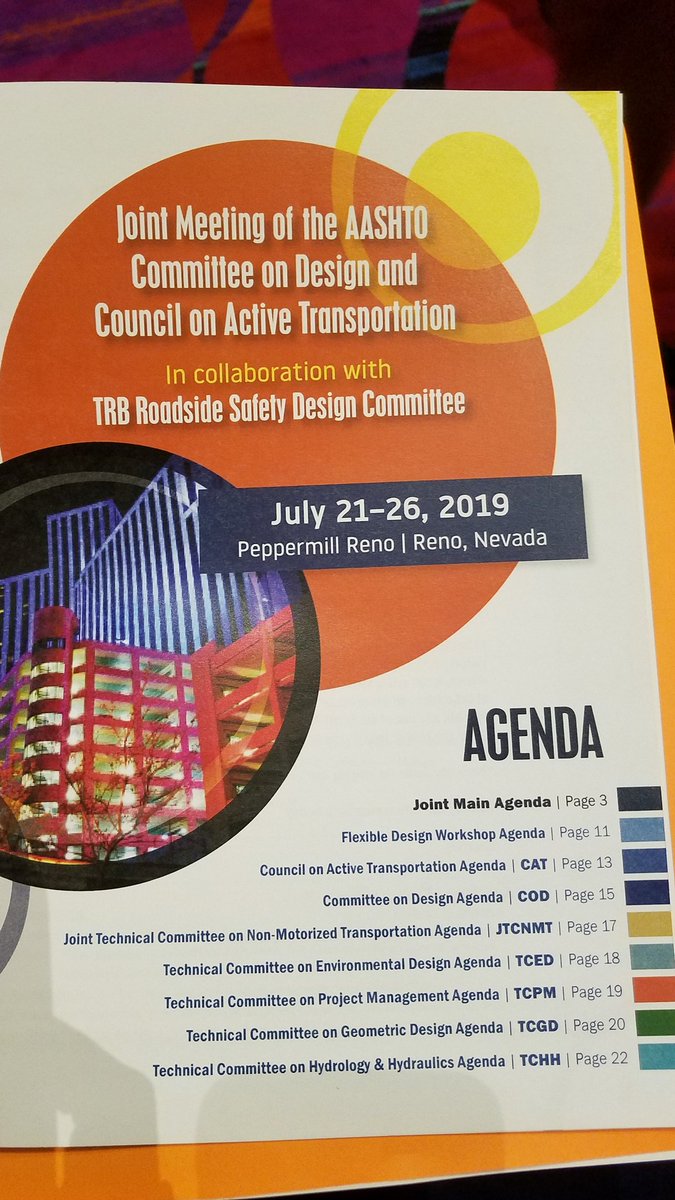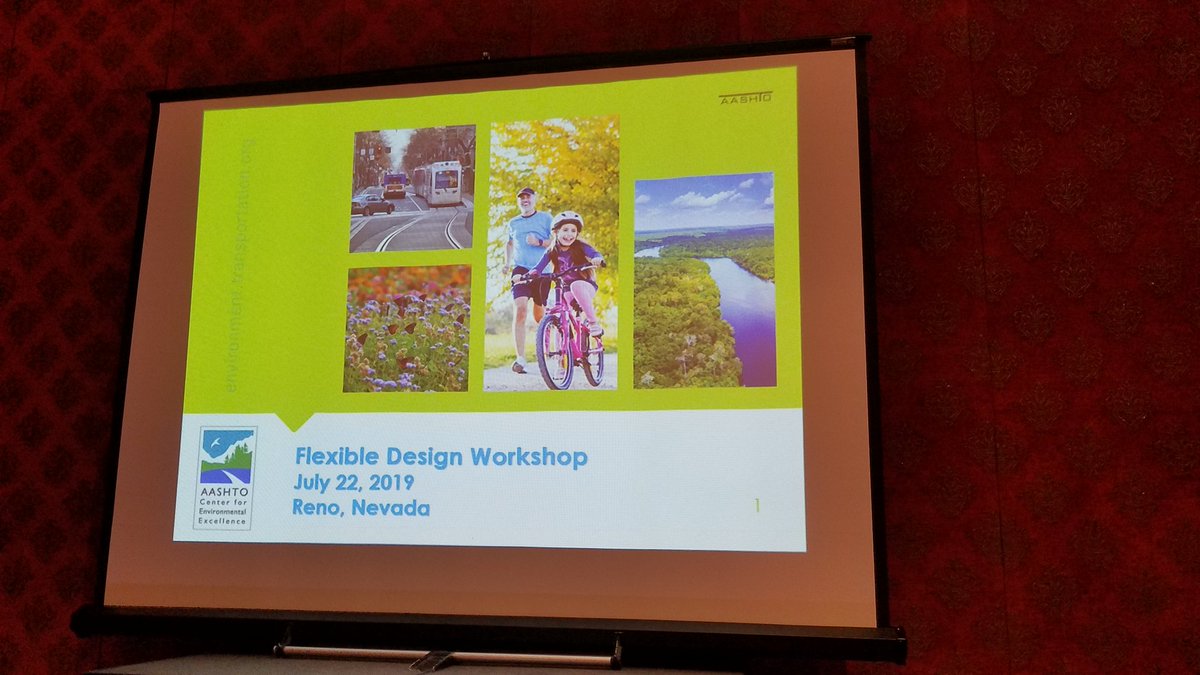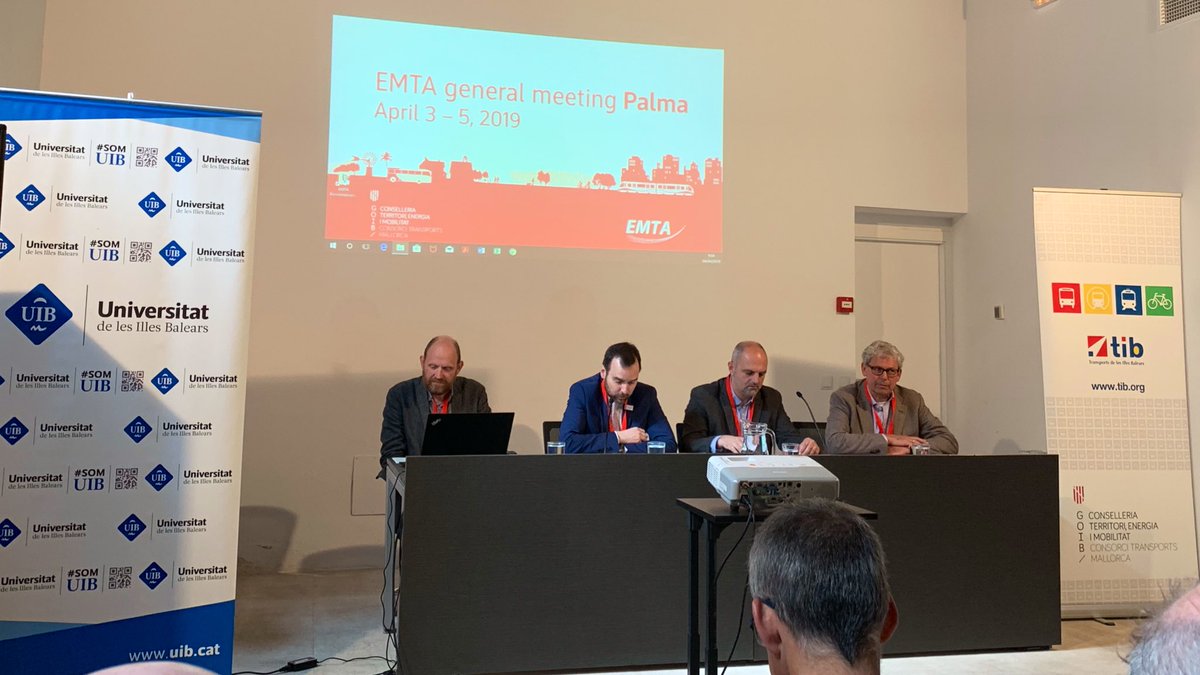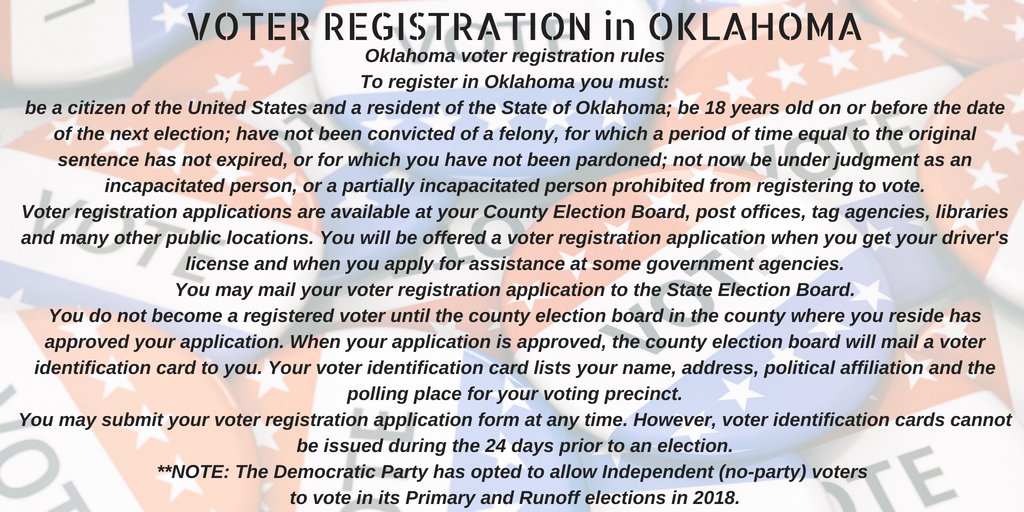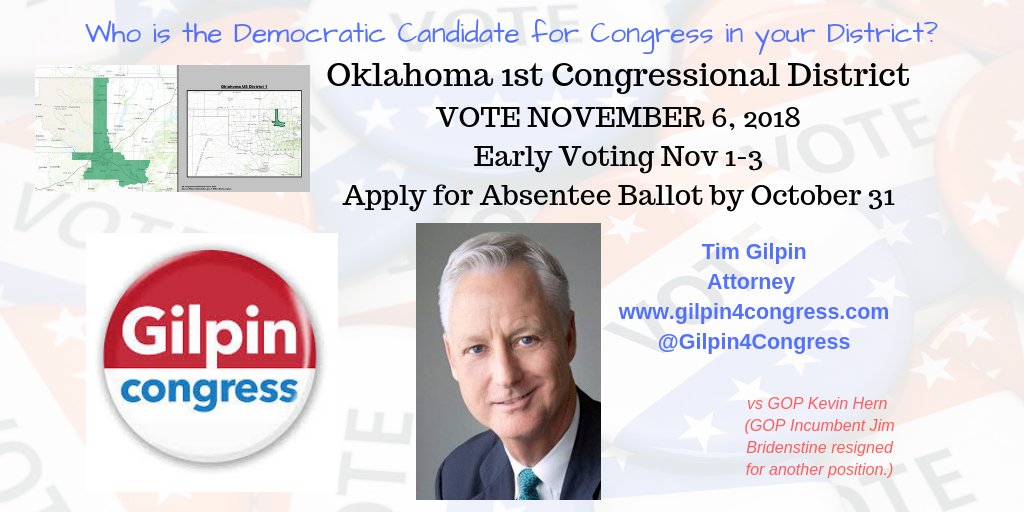Updates: 1996, 2003, 2008 and 2014
1. Making Travel Safe in Boulder
2. Making Travel Comfortable through a Low Stress Walk & Bike Network
3. Providing Mobility Options
4. Prioritizing the Pedestrian
5. Shaping Innovation and New Forms of Mobility
6. Delivering Transit in New Ways...
7. Connecting to the Region
8. Managing Demand on our System Together
9. Ensuring Equity
10. Funding Our Transportation System
(Not gonna list them all.)
40 presentations to various groups
2,800 people at events
Over 7,700 visits to Be Heard Boulder
Per their charters, both EAB and TAB are prohibited from discussing land use in its feedback to council.
Installation of green pavement markings
Implement new signal timing practices
Safe and innovative intersection and corridor
improvements, e.g., 30th Street
Implement Neighborhood GreenStreets program
Incorporate multimodal design into corridor projects to provide physical separation between cars, bikes, feds
innovative techniques to provide more separation between
bikes and cars
Continue building out the off-street multi-use path system
Study and recommend improvements in Pedestrian
Improvement Areas
Key actions:
Implement the Renewed Vision for Transit, with a new focus on barrier-free transit
Expand the high-frequency HOP service to areas within
north Boulder and east Boulder
Expand options for first, last mile of transit trips
Identify locations, policies and regulations to support mixed land uses and … highly connected mobility hubs
Key actions:
Implement the safety improvements identified in 2019 VZ Action Plan
Implement the Low-Stress Walk Network, Pedestrian Improvement Areas and Neighborhood GreenStreets
Evaluate and refine/enhance snow/ice removal
practices
Complete and implement Americans with Disabilities Act (ADA) Transition Plan
Forms of Mobility
Actions:
Implement pick-up and drop-off zones
Develop the concept of smart streets and implement
the infrastructure and advanced communications
Partner with companies to support shared and EV trips
Modify the city parking code to support … mixed-use
development ... Transition parking to other uses as needs change.
Develop mobility hubs with … Advanced Mobility modes
Key actions:
Expand the city’s role as a local transit provider: The City of
Boulder would provide local Community Transit Network routes...
with local, high frequency connections to CU Boulder’s main campus and Flatirons Business Park
Explore forming new Boulder County consortium w/Boulder County and surrounding jurisdictions to create county transit agency
Some HUGE needs here. Current investment plan in TMP = $39M annually
Needed to fully fund everything = $200M+ annually
Vision Zero action items
Fully funding Pedestrian Improvement Areas, Neighborhood Green Streets
Fully implementing transit vision (well over $100M) and electrifying transit fleet
Funding GHG reduction efforts in city’s climate action plan
That's not to meet any goals, just to provide services.
With essential services (currently unmet): $62M/yr
With strategic investment program: $125-$150M/yr
With vision investment program (including GHG goals, mode shift): $200M+/yr
•$70m local investment
•$9m in leveraged federal funds
Breakdown of that:
• $31 Million Capital Reconstruction & Enhancement
• $48 Million Multimodal Capital Maintenance and
Enhancement Programs
That's correct, staff says.
Yes, staff says.
No, but we could.
"It would probably create some good will."
Median and ROW Maintenance-$350K
Street Maintenance-$100K
• Routine/Capital Maintenance- $300K
• HOP Electric buses- $80K
• Vision Zero Action Plan- $150K
• Low Stress Network $100K
• Neighborhood Speed Management Program- $80K
Some feedback from the boards related to this:
EAB didn't make a formal recommendation, but they liked the plan. (It should include land use discussion, tho, they said; Hagelin doesn't mention that.)
Planning Board also OK'd the plan BUT...
Hardly anyone left, and it was packed earlier.
8 speakers signed up.
Consider a 15 MPH speed limit in school zones, areas with seniors or heavy Ped activity. (Currently 20 mph in school zones, work zones) "Probably exceeded by 4-7mph"
Crested Butte and Buena Vista do 15mph.
"Think of the fave places in Boulder where all of us enjoy being safe and comfortable: Boulder Creek Path and Pearl Street Mall. They are car-free."
Havlick was a member of the pedestrian advisory committee.
No research, she says, so I can't speak to that (Yay, evidence-based approach!) "but slower is always safer."
Prant: I think so. It's the most engaged TMP I've worked with. "I feel like we're moving ahead. This is a little bold jump we need to take quickly."
Plus, "this is more equitable." Not every neighborhood capable of organizing to get Safe Street program. "But every neighborhood deserves safe streets."
White was on the pedestrian advisory committee, too.
VERY excited about this.
Brockett says that should be the new motto for Vision Zero. Concur!
Bill Cowern doesn't know bc it was before his time.
en.wikipedia.org/wiki/Woonerf
"Strongly" advocates for lower speed limits. Don't just explore it, he says: Do it.
Ugh. What a nightmare.
Hagelin taking this. Last looked at it in 2014.
Not explicitly stated, but it's recognized. Asset management is the top priority.
2. Employment density
3. Density of transit riders based on individual transit stop boardings
4. Distance from mobility hubs
5. Affordable housing
6. Equity
7. Floodplains*
8. 15-min neighborhoods*
9. Wetlands*
*Indicates increased complexity
Weaver: That's a useful number for us to keep in our heads as we're talking budgets.
Mentions subsidies for low-income on those, which is something Mark McIntyre suggested in his candidate profile interview (rather than subsidizing rich ppl buying Teslas).
Hagelin: We'd do a public process, bc it would be felt by the entire community. We'd want to provide good data: What would be the effects? What did it do in other communities?
Jones: It makes sense that we have a deliberate public process.
Carlisle: But that it's quick.
Carlisle: Taking down air quality has been a big one (impact) for residents.
Carlisle: I'm thinking specifically construction and de-construction, not bc of development.
Weaver says he's reviewed the traffic plan for that and trucks are not going down Mapleton, past the school there.
Bracke: It was just a reflection of what we were hearing about the importance of how we travel as a community, person to person.
(This is what will go in the BVCP, for the vision statement of the TMP.)
Carlisle: We do have commerce in the city. That's what freight is all about. This is the *transportation* master plan, not the People's master plan.
What's the plan to make those curb cuts better on major arterials?
"If you're in a car and you hit a pothole, it's annoying. If you're on a bike or scooter, it's deadly."
At 30mph = 10%
NYC had lowest level of fatalities since 1910 due to lower speed limits.
"What better year to do 20 is plenty than 2020?"
We do have to honor public process."




